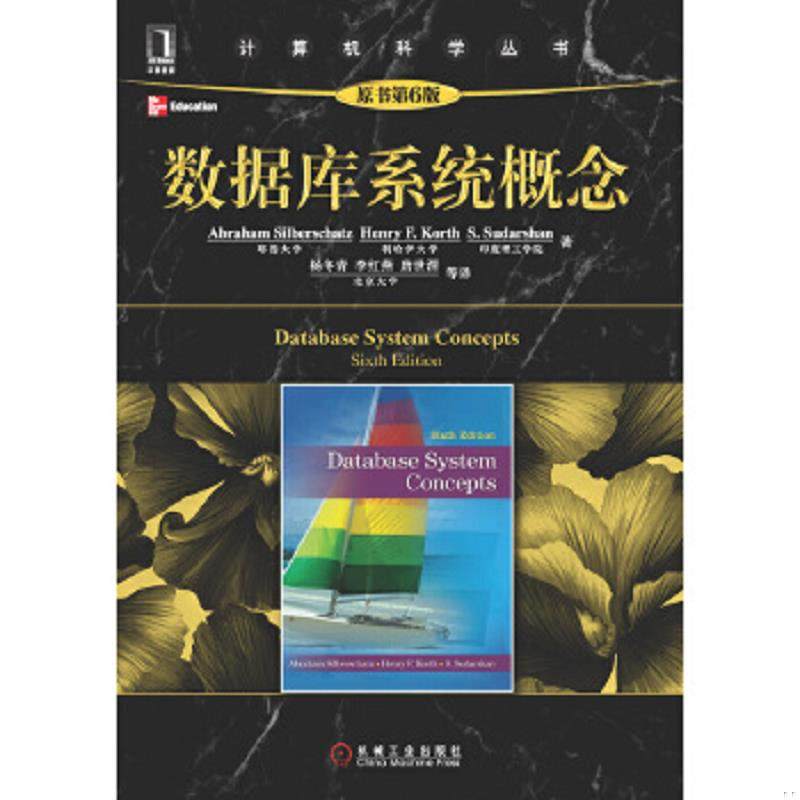4.2 存储过程代码:
Use test
Go
if object_ID('[up_SearchAddressByNameV1]') is not null
Drop Procedure [up_SearchAddressByNameV1]
Go
create proc up_SearchAddressByNameV1
(
@Name nvarchar(200)
)
As
set nocount on
declare @sql nvarchar(max),@contains nvarchar(500)
declare @tmp Table (Name nvarchar(50))
while patindex('% %',@Name)>0
begin
set @Name=replace(@Name,' ',' ')
end
set @sql ='select ''' +replace(@Name,' ',''' union all select ''')+''''
set @contains='"'+replace(@Name,' ','*" Or "')+'*"'
insert into @tmp(Name) exec(@sql)
if object_id('tempdb..#') is not null drop table #
;with cte_SearchParent as
(
select a.ID,a.Parent,a.LevelNo,convert(nvarchar(2000),a.Name) as AddressPath from TBAddress a where exists(select 1 from TBAddress x where contains(x.Name,@contains) And x.ID=a.ID)
union all
select a.ID,b.Parent,b.LevelNo,convert(nvarchar(2000),b.Name+'/'+a.AddressPath) as AddressPath
from cte_SearchParent a
inner join TBAddress b on b.ID=a.Parent
--and b.LevelNo=a.LevelNo -1
and b.LevelNo>=1
)
select a.ID,a.AddressPath
into #
from cte_SearchParent a
where a.LevelNo=1 and exists(select 1 from @tmp x where a.AddressPath like '%'+x.Name+'%' having count(1)=(select count(1) from @tmp))
;with cte_result as
(
select a.ID,a.LevelNo,b.AddressPath
from TBAddress a
inner join # b on b.ID=a.ID
union all
select b.ID,b.LevelNo,convert(nvarchar(2000),a.AddressPath+'/'+b.Name) As AddressPath
from cte_result a
inner join TBAddress b on b.Parent=a.ID
--and b.LevelNo=a.LevelNo+1
)
select distinct a.ID,a.AddressPath
from cte_result a
where not exists(select 1 from TBAddress x where x.Parent=a.ID)
order by a.AddressPath
Go
procedure:up_SearchAddressByNameV1
4.3测试存储过程:
exec up_SearchAddressByNameV1 '广 大'
共返回195行记录。
4.4 客户端统计信息:
平均的执行耗时: 166毫秒
5.测试,方法3
在方法2中,我们在Name列上创建全文索引提高了查询性能,但我们不仅仅局限于一两个方法,下面我们介绍第3个方法。
第3个方法,通过修改表的结构和创建全文索引。在表TBAddress增加多一个字段FullPath存储各个地址到Level 1的全路径,再在FullPath列上创建全文索引,然后直接通过全文索引来搜索FullPath列中包含“广”和“大”的记录。
5.1 新增加字段FullPath,并更新列FullPath数据:
use test;
go
/*alter table */
if not exists ( select 1
from sys.columns a
where a.object_id = object_id('TBAddress')
and a.name = 'Fullpath' )
begin
alter table TBAddress add Fullpath nvarchar(200);
end;
go
create nonclustered index IX_TBAddress_FullPath on dbo.TBAddress(Fullpath) with(fillfactor=80,pad_index=on);
go
/*update TBAddress */
with cte_fullPath
as ( select ID, Parent, LevelNo, convert(nvarchar(500), isnull(Name, '')) as FPath, Fullpath
from dbo.TBAddress
where LevelNo = 1
union all
select A.ID, A.Parent, A.LevelNo, convert(nvarchar(500), B.FPath + '/' + isnull(A.Name, '')) as FPath, A.Fullpath
from TBAddress as A
inner join cte_fullPath as B on A.Parent = B.ID
)
update a
set a.Fullpath = isnull(b.FPath, a.Name)
from dbo.TBAddress a
left join cte_fullPath b on b.ID = a.ID;
go
5.2 在列FullPath添加全文索引:
alter fulltext index on dbo.TBAddress add(Fullpath language 2052)
5.3 存储过程代码:
Use test
Go
if object_ID('[up_SearchAddressByNameV2]') is not null
Drop Procedure [up_SearchAddressByNameV2]
Go
create proc up_SearchAddressByNameV2
(
@name nvarchar(200)
)
As
declare @contains nvarchar(500)
set nocount on
set @contains='"'+replace(@Name,' ','*" And "')+'*"'
select id,FullPath As AddressPath from TBAddress a where contains(a.FullPath,@contains) and not exists(select 1 from TBAddress x where x.Parent=a.ID) order by AddressPath
Go
procedure:up_SearchAddressByNameV2
5.4 测试存储过程:
exec up_SearchAddressByNameV2 '广 大'
共返回195行记录。
5.5 客户端统计信息:
平均的执行耗时: 20.4毫秒
6.测试,方法4
直接使用Like对列FullPath进行查询。
6.1存储过程代码:
Use test
Go
if object_ID('[up_SearchAddressByNameV3]') is not null
Drop Procedure [up_SearchAddressByNameV3]
Go
create proc up_SearchAddressByNameV3
(
@name nvarchar(200)
)
As
set nocount on
declare @sql nvarchar(max)
declare @tmp Table (Name nvarchar(50))
set @Name=rtrim(rtrim(@Name))
while patindex('% %',@Name)>0
begin
set @Name=replace(@Name,' ',' ')
end
set @sql='select id,FullPath As AddressPath
from TBAddress a where not exists(select 1 from TBAddress x where x.Parent=a.ID)
'
set @sql +='And a.FullPath like ''%' +replace(@Name,' ','%'' And a.FullPath Like ''%')+'%'''
exec (@sql)
Go
procedure:up_SearchAddressByNameV3
6.2 测试存储过程:
exec up_SearchAddressByNameV3 '广 大'
共返回195行记录。
6.3 客户端统计信息
平均的执行耗时: 34毫秒
7.小结
这里通过一个简单的表格,对方法1至方法4作比较。
从平均耗时方面分析,一眼就知道方法3比较符合开始的需求(耗时要控制在几十毫秒内)。
当然还有其他的方法,如通过程序实现,把数据一次性加载至内存中,再通过程序写的算法进行搜索,或通过其他工具如Lucene来实现。不管哪一种方法,我们都是选择最优的方法。实际的工作经验告诉我们,在实际应用中,多选择和测试不同的方法来,选择其中一个满足我们环境的,而且是最优的方法。





